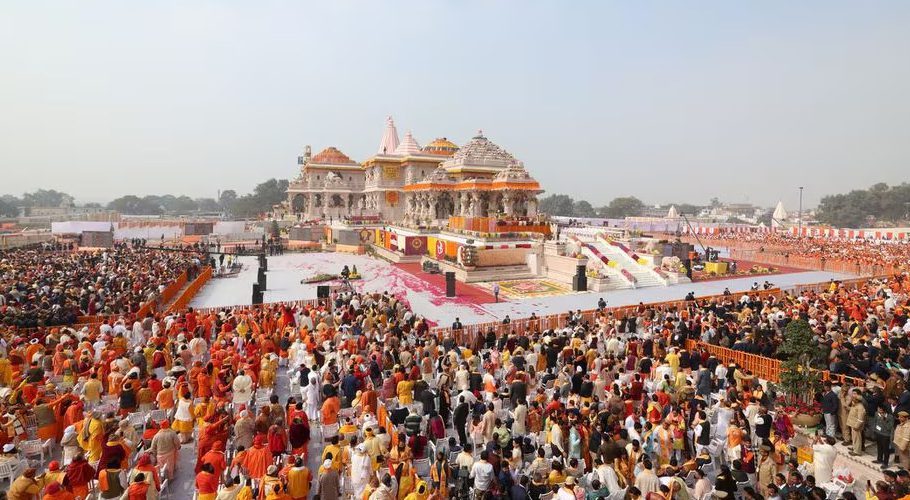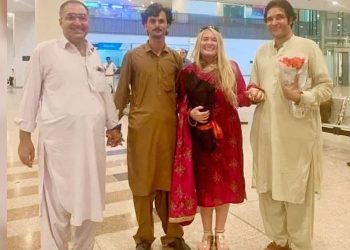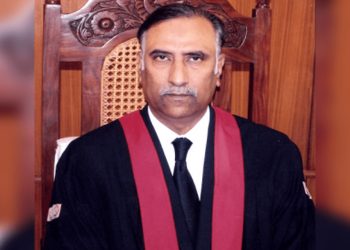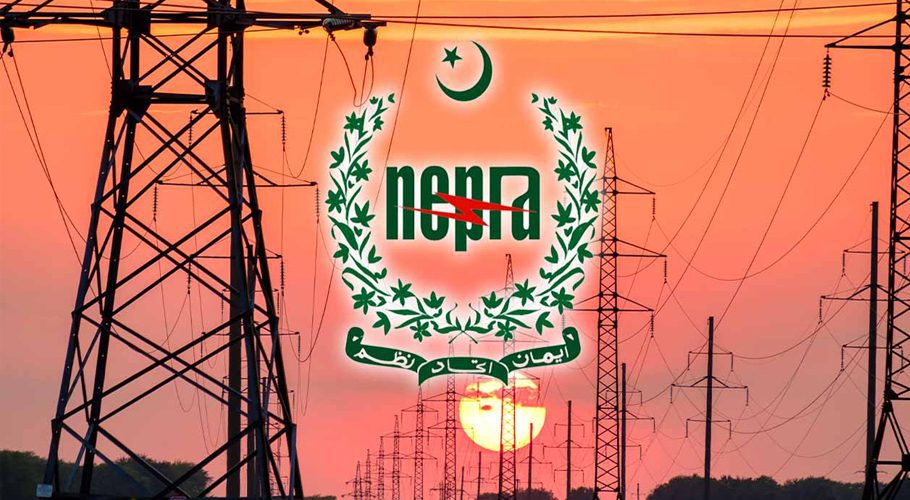Indian Prime Minister Narendra Modi led the consecration on Monday of a grand temple to the Hindu god Lord Ram on a site believed to be his birthplace, in a historic event for the Hindu majority of the world’s most populous nation.
Portrayed as a Hindu awakening from centuries of subjugation by Muslim and colonial powers, the event is also being seen as a crucial element in the prelude to Modi’s campaign for a rare third term in general elections due by May.

The temple, still under construction, has extended invitations to around 7,000 attendees, including politicians, industrialists, sports figures, and other public figures. Despite the government’s portrayal of the event as a national celebration, the temple’s history is deeply entwined with what many consider one of modern India’s darkest chapters—a period that has significantly influenced the country’s politics and exposed profound religious divides.
What is the controversy behind the Ram temple?
The controversy revolves around the disputed land in Ayodhya, where many Hindus believe the temple stands on the birthplace of Ram, a revered god symbolizing the triumph of good over evil. Until December 6, 1992, the site was occupied by the Babri Masjid, a mosque built in 1528 and named after the Mughal king Babur. Hindu nationalists demolished the mosque after a decade-long, at times violent, campaign.
In November 2019, India’s Supreme Court ruled that the land must be handed over to a trust overseeing the construction of a Hindu temple. A separate piece of land in Dhannipur village was allocated for a mosque to potentially replace the Babri Masjid, though construction has yet to commence.

While some welcomed the court’s decision, critics argued it lacked a strong legal foundation and compromised India’s secular and democratic principles. The ruling also raised concerns about emboldening right-wing Hindus to pursue similar actions against other mosques.
Monday’s temple inauguration, amidst a history spanning decades, is viewed by some as a symbolic moment in which Hindus align themselves with the Rashtriya Swayamsevak Sangh, the Hindu-nationalist entity associated with Modi’s BJP.
The temple’s completion follows years of legal disputes and violent conflicts over the contested land, adding another chapter to the enduring saga of the Ram Temple controversy. The site’s tumultuous history includes conflicts dating back to 1853, British colonial rulings in 1859, disputes in 1949, and the 1992 demolition of the Babri Masjid.
The controversial episode in 1992 resulted in nationwide riots, claiming about 2,000 lives. Despite a landmark Supreme Court ruling in 2019 acknowledging past crimes, some argue that the lack of consequences for offenses has left Indian Muslims feeling marginalized and with little recourse for their grievances.
Located near the Sarayu River in Ayodhya, the Shree Ram Janmabhoomi Mandir, constructed in the Nagara style, stands as a significant religious site in India’s northern state of Uttar Pradesh.

































